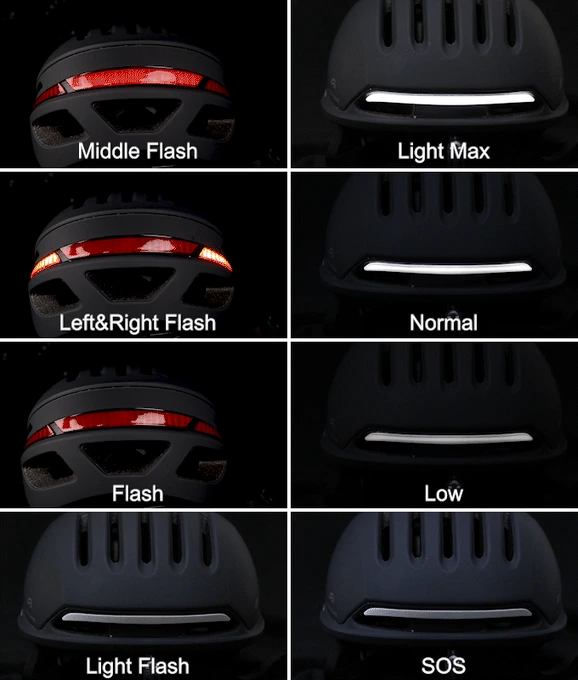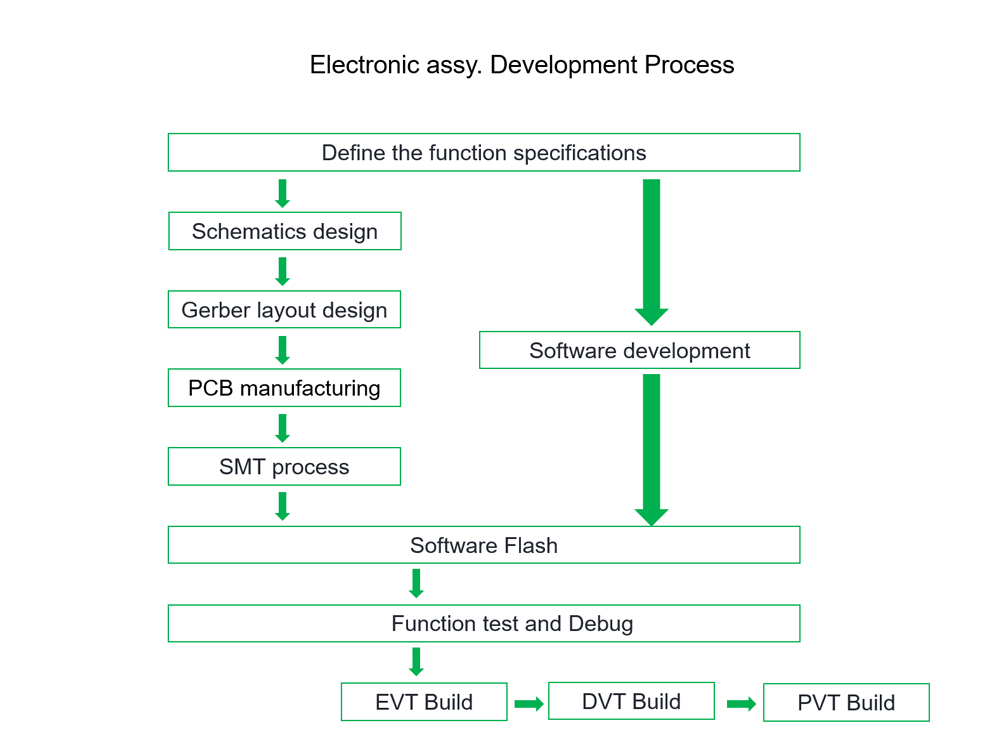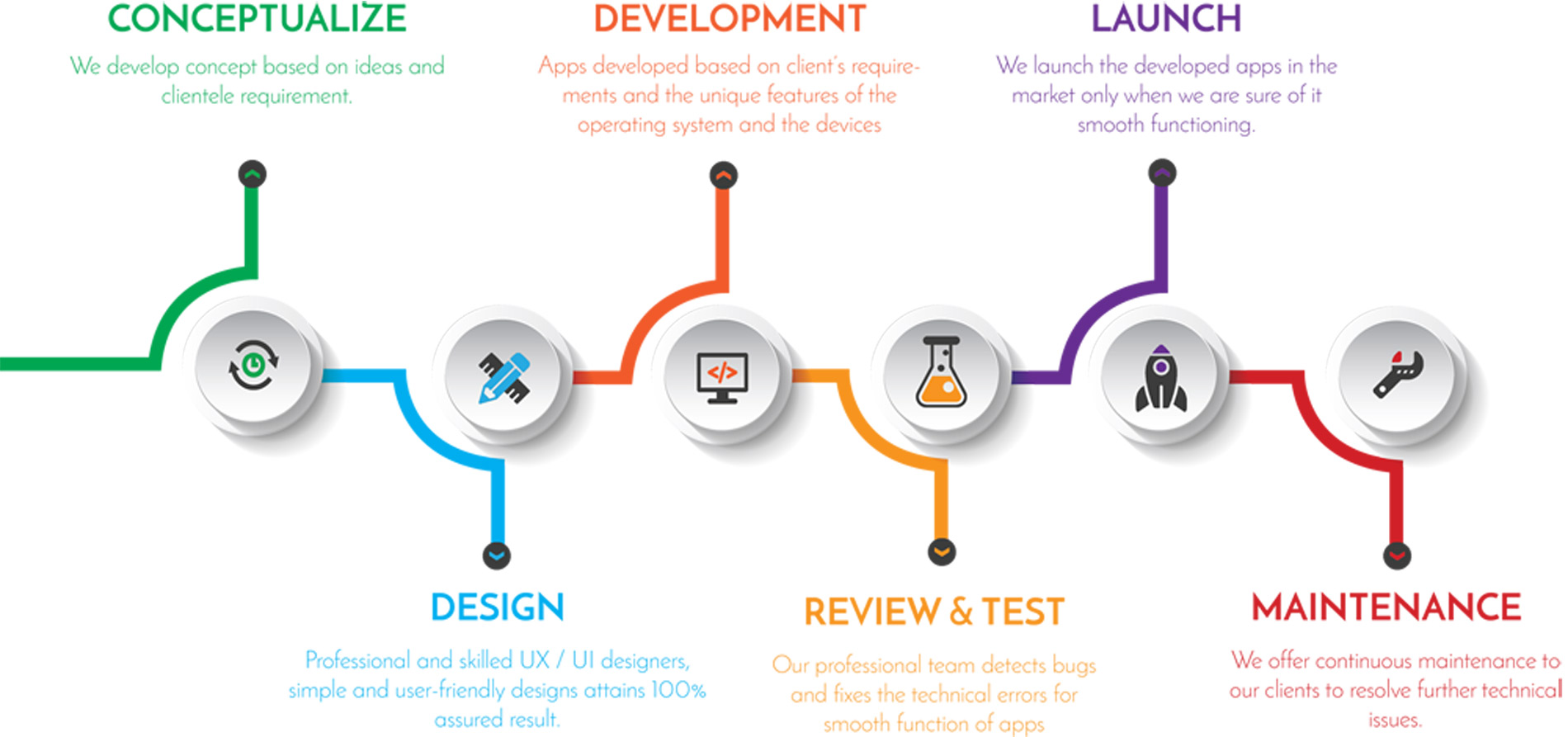Personalize functionality:
iOS APP and Android APP.
Customized LED/COB Light Display
Radar Technology
In-molded Signal Lights.
GPS function
Bluetooth Remote Control
Accelerometer/Brake Light.
Light Sensor & Crash Sensor.
Helmet Camera


LED Simulation analysis
Feature rendering
Light Pattern Simulation
Reflector simulation
Cellphone upgrade to be smart phone, we can empower helmet to be smart helmet with desired functions,not only provide impact protection but also enrich helmet interactive experience.
We have professional mechanical engineer, electronic engineer,software engineer.
Mechanical engineer,Eletronic engineer and Software engineer seamless work on integrate LED/COB light, Accelerometer and sensor with helmet at design stage to ensure proper layout LED light, PCB board, wire, battery and remote controler. In addition, follow up helmet impact road map, in-house test,certification, work on LED/COB light individual layout, programming iOS or Andorid APP, review& detect bugs, Launch apps.
Chips on Board(COB) allow more compact footprint whilst delivering a high indensity of light and gives the light a more uniform look.
We will provide all-in-one smart helmet manufacturing service, customized OEM and ODM, customized smart helemt function,customized CMT.
App Development process divided into the following seven stages in sequence:
1.Demand stage
From the beginning of the enterprise to get through the company telephone, this stage began. It is often the marketing manager of the company who connects with the enterprise. Based on their own experience, the marketing manager, after preliminary sorting out, summed up which category of APP the enterprise needs to develop, whether there are special requirements and so on. Recommend the enterprise to the corresponding product manager according to the classification.
2. Communication stage
The product manager should play the role of bridge in this, and conduct user interview, demand analysis and demand review carefully. What kind of app does the enterprise want to make, what kind of function does the app want to realize, what kind of style does the app want as a whole, and which system platform does the app want to adapt to. After systematic communication and collation, it is handed over to the technical team for implementation. Enterprises constantly optimize their app development programs through communication.
3. Interaction design stage
At this stage, the enterprise has basically determined the overall scheme of app, and has entered the design stage. The design phase includes: process topology, interface interaction design, high simulation prototype design and providing interaction scheme. Design is purely subjective, with certain uncertainties. Therefore, in the design process, we should not only consider the style of the enterprise, but also the acceptance of the audience. These two aspects reach a balance, form a preliminary effect of the map, according to the specific results of communication with the enterprise for secondary modification, and finally confirm the visual map with the customer.
4. Visual creative stage
On the eve of creativity, our company usually starts with brainstorming to establish the initial direction and orientation of creativity. Next, we will provide users with creative performance, page grid, creative description and so on. After the enterprise is determined, the creativity will be applied to the next link.
5. Front end production stage
The main work of this stage is to design the UI and realize the front-end interaction on the page with java script language. It includes: coding specification, page making and technology nesting, system compatibility, unit testing, bug repair.
6. Technology development stage.
When entering the development stage, the first choice is to evaluate the project itself, and make a preliminary judgment on the R & D cycle, testing time and pre release time. Then it is to decompose the functions and prepare for development, according to the process of coding - system integration - system testing - bug repair - delivery. The development stage just needs to wait patiently for the enterprise.
7. Customer acceptance stage
After the program development is completed, it needs to wait for professional testers to test, and the test content includes app performance, function, content, etc. If there is no bug in the test, then it can be accepted. The work involved in app online will be more cumbersome, and more enterprises need to cooperate. The developed app needs to be reviewed when it is launched on each platform





